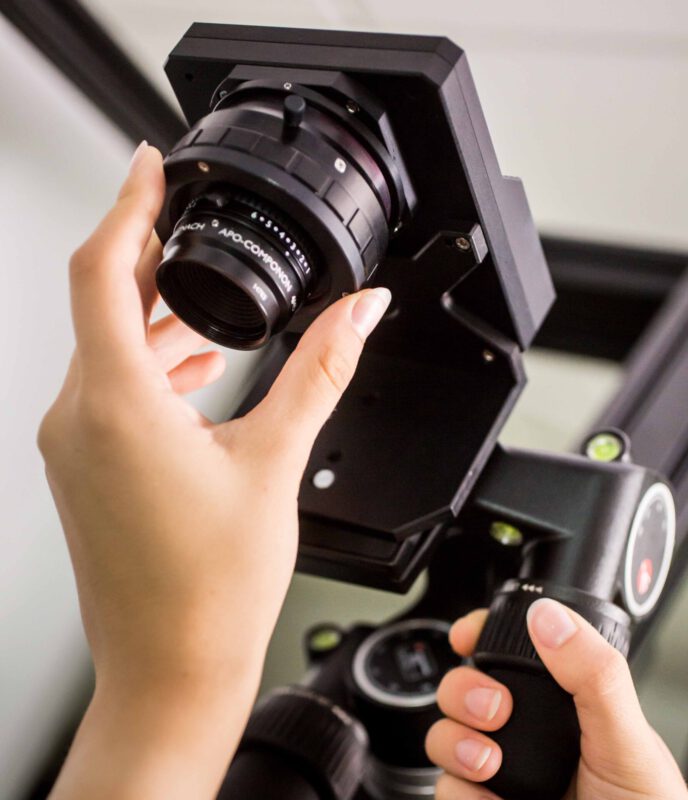Why do museums need special scanners?
Besides archives and libraries, museums are the main custodians of movable cultural assets. With regard to the holdings, there is certainly an overlap within these institutions. The spectrum of museums and their collections is almost limitless. In addition to museums with a specific collection focus such as art, design, folklore, history, archaeology, technology and science, or a distinct specialization (e.g. architecture museum, toy museum) there are museums focusing on special functions such as museums for children or blind people.
State sponsored museums are also service institutions that collect, develop and preserve. On behalf of the public, they are supposed to undertake research and provide their visitors with as much information about their collections as possible. At the same time, such research also serves the exchange within the academic community. But also private museums, e.g. of companies, religious communities, political parties, associations or private individuals can be of high social importance due to their unique holdings.
Since museums can usually only exhibit a fraction of their collections, the presentation and communication of relevant information is increasingly taking place digitally. Virtual tours, exhibitions and annotated object databases are new communication channels. As part of the cultural heritage, museums can be massively threatened by disasters or become primary targets of armed conflicts. The thorough digitization of museum collections is therefore both a form of public information and active cultural property protection.
Due to the enormous diversity of museum holdings in general and within individual museums themselves, museums need extremely flexible scanning systems so that they do not have to purchase their own device for each requirement.
Especially in large museums of cultural and regional history, which often contain objects of all kinds, from books, cards, glass negatives to jewelry, coins, specimens, herbaria, thin rock sections through to paintings and photographs, requiring different handling, capturing and lighting technology, flexible scanning systems are indispensable.
Such systems must also meet the highest preservation requirements, since the objects to be digitized are mostly irreplaceable unique items that can be extremely fragile and light-sensitive. Museum scanners should therefore absolutely comply with internationally recognized digitization standards such as METAMORFOZE, FADGI or ISO.
We therefore offer innovative, flexible reprographic scanning systems for digitization projects in the museum and cultural heritage area. They meet the highest conservation standards and offer the greatest possible flexibility in terms of format, texture and lighting of the objects.
In addition, we have developed special applications such as the book2net multispectral system that supports scientific research.
RELATED TOPICS
Metamorfoze is the Netherlands’ national program for the preservation of paper [...]
READ MORE
The quality of a digitization process is subject to a wide [...]
READ MORE
In 2016, Germany modernized its cultural property protection law with a [...]
READ MORE
The Federal Agencies Digital Guidelines Initiative (FADGI) was founded in 2007 [...]
READ MORE
In the area of cultural property protection, conservation or preservation refers [...]
READ MORE
The genesis of a work of art, i.e. the creation process, [...]
READ MORE


